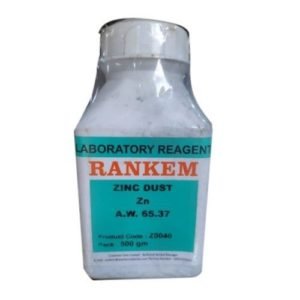Description
Specification:
Petroleum ether is a clear liquid with no color. Petroleum ether is a low-boiling aliphatic hydrocarbon combination that is commonly used as a laboratory solvent. Petroleum ether is another term for the lightest, most volatile liquid hydrocarbon solvents available from laboratory chemical vendors. Petroleum ether is mostly composed of aliphatic hydrocarbons and is often low in aromatics. To lower the proportion of aromatic and other unsaturated hydrocarbons, it is usually hydro desulfurized and may be hydrogenated. Petroleum ether is another term for the lightest, most volatile liquid hydrocarbon solvents available from laboratory chemical vendors. Petroleum ether is mostly composed of aliphatic hydrocarbons and is often low in aromatics. To lower the proportion of aromatic and other unsaturated hydrocarbons, it is usually hydro desulfurized and may be hydrogenated. Petroleum ether often has a descriptive suffix indicating the boiling range. Thus, various petroleum ethers with boiling ranges such as 30-50 °C, 40-60 °C, 50-70 °C, 60-80 °C, and so on may be purchased from major international laboratory chemical suppliers. Laboratory-grade aliphatic hydrocarbon solvents with boiling ranges as high as 100-140 °C may be referred to as petroleum ether rather than petroleum spirit in the United States.
Feature:
Petroleum ether is a clear liquid with no color. Petroleum ether is a low-boiling aliphatic hydrocarbon combination that is commonly used as a laboratory solvent. Petroleum ether is another term for the lightest, most volatile liquid hydrocarbon solvents available from laboratory chemical vendors. Petroleum ether is mostly composed of aliphatic hydrocarbons and is often low in aromatics. To lower the proportion of aromatic and other unsaturated hydrocarbons, it is usually hydro desulfurized and may be hydrogenated. Petroleum ether is another term for the lightest, most volatile liquid hydrocarbon solvents available from laboratory chemical vendors. Petroleum ether is mostly composed of aliphatic hydrocarbons and is often low in aromatics. To lower the proportion of aromatic and other unsaturated hydrocarbons, it is usually hydro desulfurized and may be hydrogenated. Petroleum ether often has a descriptive suffix indicating the boiling range. Thus, various petroleum ethers with boiling ranges such as 30-50 °C, 40-60 °C, 50-70 °C, 60-80 °C, and so on may be purchased from major international laboratory chemical suppliers. Laboratory-grade aliphatic hydrocarbon solvents with boiling ranges as high as 100-140 °C may be referred to as petroleum ether rather than petroleum spirit in the United States.






Reviews
There are no reviews yet.